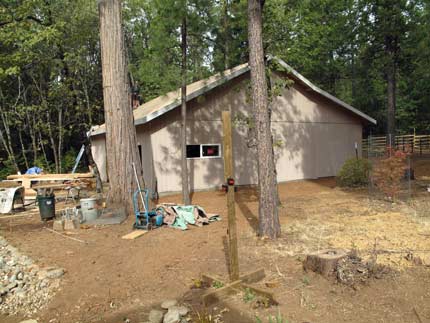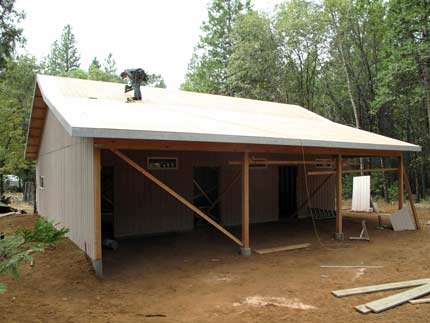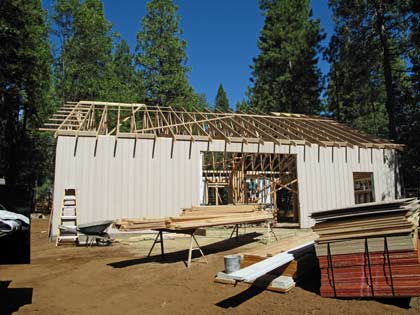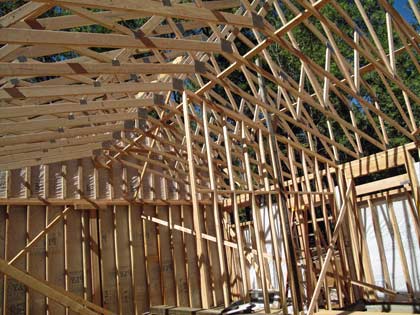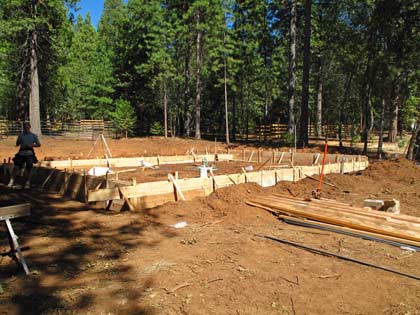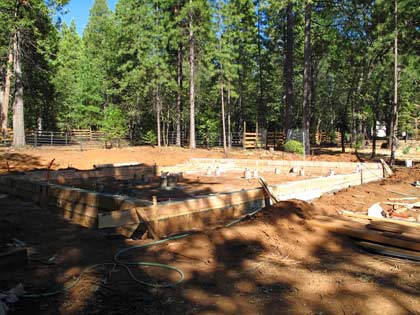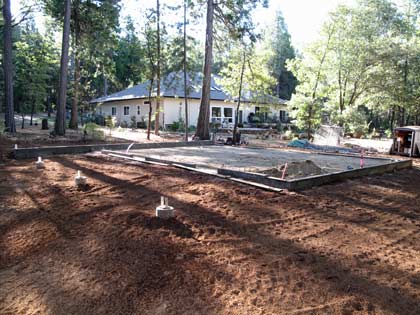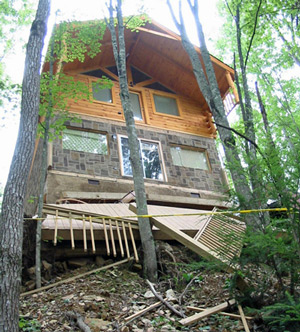
Hello readers, I am Elizabeth. John has extended an invitation for me to contribute to this blog. My contributions will revolve around the continuing education of my profession. I have a degree in Landscape Architecture and some people are still surprised that such a degree is available. In this first post, however, I will talk about the design process learned in school. We learned this process over and over for all sorts of projects including, private home landscapes, private business developments, community parks, vacation resorts, public developments, state and national parks, etc. During those 5 years of undergraduate education, these 5 steps were essential to creating a successful design.
Step 1 – Existing Site Survey: This is the map showing the current conditions of the property. The map would delineate the property lines, utilities, existing buildings, significant paved areas, etc. During step 1, the owner of the property should also be interviewed to discover what the intentions and desires are for the project site.
Step 2 – Site Analysis Plan: This plan builds upon the existing site survey by noting the physical conditions that affect the property. These may include, the location of the sun throughout the year, the direction of the winds, the flow of the water over the land, views to enhance, views to screen, etc. The second step includes the creation of a narrative from the interview in step one. The narrative defines the objectives of the project and guides the design in the remaining steps.
Step 3 – Concept Drawings: In the pen and paper days, this is the step that would have crumbled up pages strew over the floor. The pages would get thrown over a shoulder throughout the day and night as ideas continued to evolve. Finally a concept is developed that best meets the majority of objectives. Of course the designer and the client might not always agree which concept does this. Then more crumbled up paper would be strew about until eventually, the final concept is defined.
Step 4 – Construction Documents: This package of drawings help narrow the different interpretations of the concepts so all the different eyes on the project are seeing the same thing. These documents describe with detailed drawings how the ideas will come to life by studying the individual elements in relation to the specific environmental factors of the site.
Step 5 – Construction Administration: This fancy title describes the continued communication between the designer and installer. This communication is important, because even with the perfect set of construction documents, questions arise during the installation of a project. The other important part of this step is to create a set of As-Built drawings. These drawings record who installed the project, the final location of underground lines (i.e. irrigation and electrical lines), type of materials used and where they were purchased and specific plants installed.
So those are the 5 steps learned over 5 years in school. 1 year of tuition for 1 step in the process. You’d think I would have learned it all for that price! It is true that those years of education taught more than just those 5 steps and it also taught me to continue to study my profession. So thanks to John for providing me the motivation to get the books out!
Elizabeth Dunn is a licensed Landscape Architect. She spends the majority of her work days in the studio of Rebecca Cofffman Landscape Architects in Nevada City, CA.
